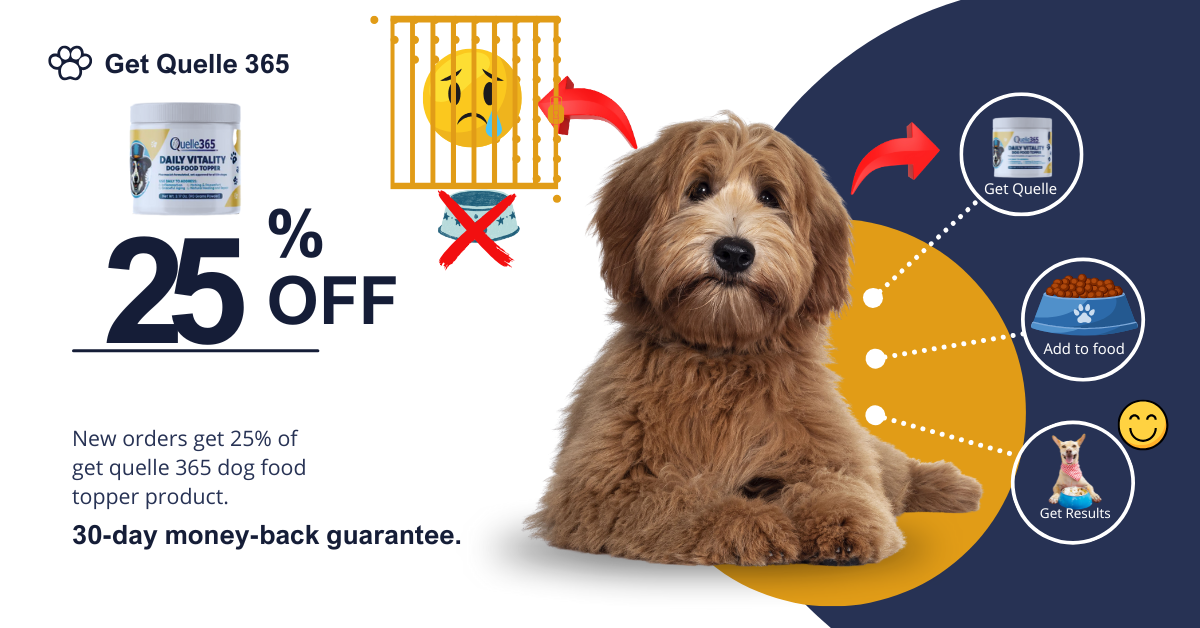How to Peel Hard Boiled Eggs
:max_bytes(150000):strip_icc():format(jpeg)/How-to-Peel-Hard-Boiled-Eggs-Like-a-Pro-FT-BLOG0425-01-a8972bc1b836453193438e632f7788f1.jpg)
Peeling hard-boiled eggs can be a pain. Too often, you’re left with a surface speckled with tiny egg shell shards (and smelly fingers). While it’s never going to be a completely mess-free process, there are several tried-and-true methods we rely on to make the task of peeling eggs easier. Try one of these eight hacks the next time you’re boiling eggs for snacking or egg salad.
Use eggs that are at least a couple days old
While there’s certainly no harm in boiling farm-fresh eggs, they will likely be more difficult to peel. You’re best off using an egg that’s at least a couple days old. As an egg ages, the egg white’s pH level increases. The more acidic the egg white, the less it sticks to the shell’s inner membrane, making it easier to peel when boiled. Also, the air pocket located at the bottom of the egg will expand as the egg ages, leaving more space between the shell and the egg to peel. Raw eggs can last three to five weeks, but before you boil them, make sure they haven’t gone bad.
Add vinegar
“I’ve tried a bunch of cooking methods to make eggs easier to peel, but so far, the best has been adding a splash of vinegar to boiling water,” says update writer Dillon Evans. While the acid won’t flavor the eggs, it will weaken their shells by breaking down the calcium carbonate — the primary mineral in egg shells that makes them hard. A weaker shell will be more flexible, meaning you should be able to peel it away without much hassle.
Try an ice bath
After photo editor Doan Nguyen boils her eggs, she immediately dumps them in a bowl full of ice water. This method will halt the cooking process (which is ideal for achieving jammy egg yolks), while shrinking and cooling the egg shells so they become more brittle. “The peel comes right off, even with super fresh eggs.”
Give it a roll
When you’re ready to peel your egg, rather than immediately breaking the shell apart with your fingers, roll it on a countertop instead. Rock it back and forth, pressing down gently — be careful not to smush your egg in the process. The shell will form small cracks on the surface, making it easier for you to slide it right off in as few pieces as possible.
Start at the bottom
After rolling his hard-boiled eggs, senior commerce editor Joe Morales begins peeling off the shell, starting with the air bubble at the bottom. This angle will give you more room for your fingers to reach under the egg shell. “I can typically get the membrane to peel off without an issue,” Morales says.
Shake, shake, shake
You don’t even have to get your hands eggy for this foolproof peeling method. “I put my hard-boiled egg in a jam jar and shake it vigorously,” says senior news editor Karla Alindahao. “And when I say vigorously, I mean shake it like you would a pair of maracas.” The shell cracks and falls right off, and you can dump the scraps directly from the jar into the trash.
Rinse after peeling
“The most important part of peeling a hard-boiled egg is to always rinse it after you finish peeling, so you don’t end up with tiny, gritty pieces of shell left on,” says Merlyn Miller, editor of news and trending. A quick, post-peel rinse won’t impact the flavor of the egg, and it’ll save you the discomfort of biting into a piece of egg shell.
Don’t boil — steam!
For the ultimate egg shell hack, don’t boil your eggs at all. Senior food editor Cheryl Slocum recommends steaming your eggs instead. “Steamed eggs peel without any trouble — the peel slips right off,” she says. Place the eggs in a steamer basket over a pot of boiling water, and let them steam for about 12 minutes, or invest in an egg cooker like the Cuisinart Egg Central. Associate editorial director Chandra Ram even cooks her eggs in an Instant Pot to make them easy to peel.
Source link

:max_bytes(150000):strip_icc()/How-to-Peel-Hard-Boiled-Eggs-Like-a-Pro-FT-BLOG0425-02-859a49b2c4914256b1bac387b992f4ff.jpg)


:max_bytes(150000):strip_icc()/faw-east-fork-butter-keeper-dana-fouchia-8-1-a005f170ec064955abbddab99b0f0c49.jpeg)
:max_bytes(150000):strip_icc()/This-Is-the-No1-Ice-Cream-Flavor-in-America-FT-BLOG0725-c9f992374a6545209c739da095ba17c4.jpg)
:max_bytes(150000):strip_icc()/faw-one-off-chef-loved-egg-rings-tout-378569e7b3ac4bf092a31ed38e88dd58.jpg)
:max_bytes(150000):strip_icc()/Chris-Shepherd-Tinfoil-Swans-FT-BLOG0725-02-1a865dbb27ba493c80666d96dc06e52f.jpg)